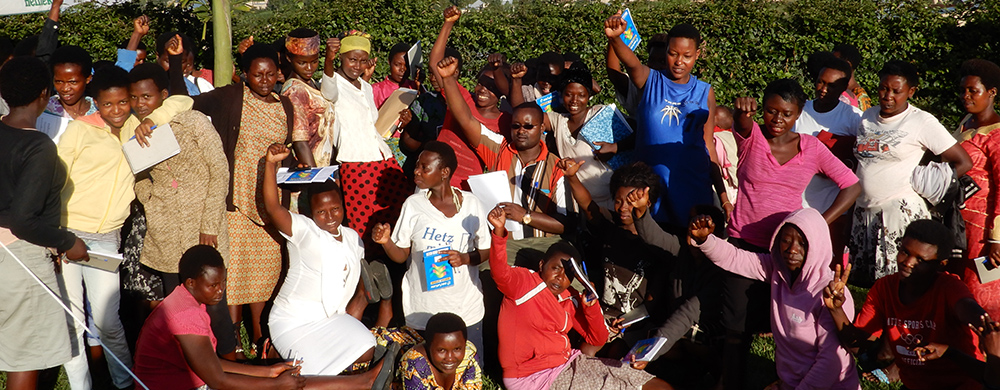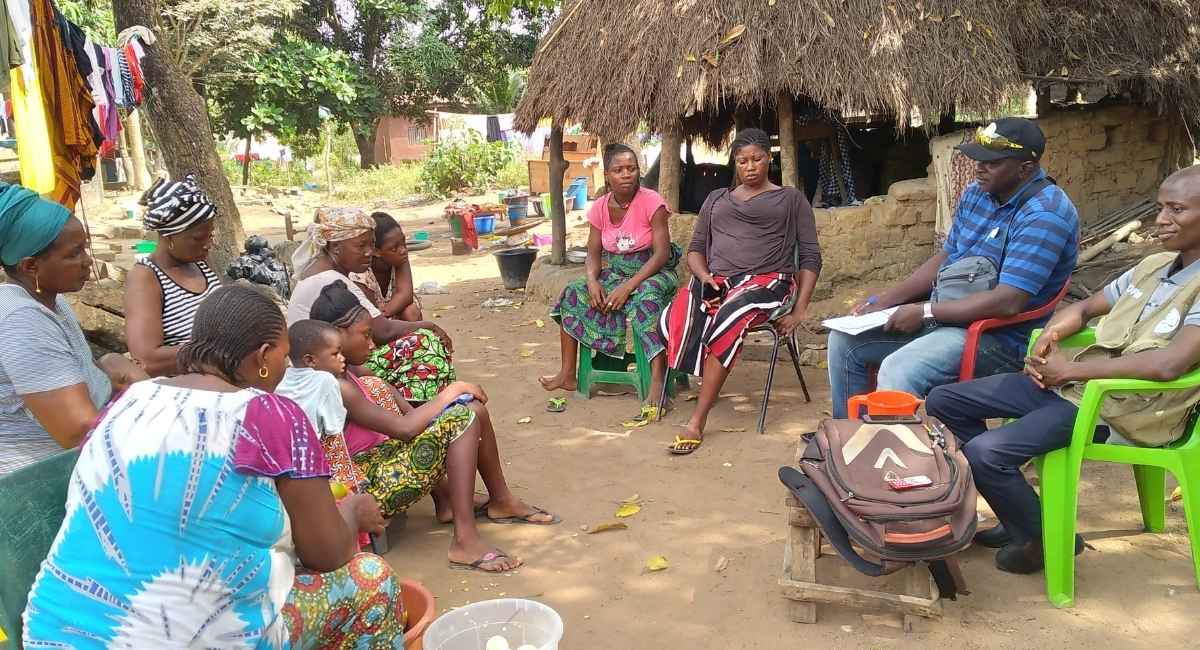In Mauritania, an in situ demonstrator was recently put in place to support the development of typha biochar on a larger scale.
Since 1986, and the operational launch of the Diama anti-salt dam, the invasive typha plant has been an environmental scourge in the Senegal River system, colonising over 100 kilometres. No project had succeeded in eradicating it or controlling its expansion, with 250,000 hectares currently affected. “Typha is an invasive reed that suffocates the rare aquatic species in the west of the Sahel, but which has the potential to respond to thermal requirements in Mauritania”, explains Minh Cuong Le Quan, Energy projects manager at GRET.
GRET has been working since 2011 on biomass energy solutions with the Higher Institute of Technology in Rosso (Iset), in Mauritania. This collaboration made it possible to develop and test various uses of typha for energy: artisan biochar, frankincense biochar and industrial biochar. Local communities have good knowledge of artisan biochar technology: the latter can effectively respond to local challenges in terms of agricultural recovery and energy security in the river valley.
Industrial biochar technology is slowly but surely taking shape. A winner of the “Innovation for access to off-grid energy” call for projects by the French Environment & Energy Management Agency (Ademe) last March, it was recently equipped with an in situ demonstrator. Its creation is the foundation stone in the construction of a national renewable biofuels sector, aiming to solve energy poverty for households, and to respond to the thermal requirements of economic activities and industries.
The current doctrine consists of making typha an ally, a resource to replace charcoal. The project supported by Ademe aims to use typha as a resource until it is exhausted in places where it is imperative to recover colonized agricultural lands, to recover access to the river and fishing, and to clear canals. In certain areas – that will be defined in a concerted manner – typha will be used productively as a new renewable raw material.
The project team will select a Mauritanian business to seize and develop this opportunity to produce renewable energy. It will also facilitate broad upstream consultation to secure access and conditions for using this resource; downstream, it will support access to the mass market for the product, in particular in Nouakchott, where the most vulnerable families (400,000 people) depend on charcoal for their daily needs.






